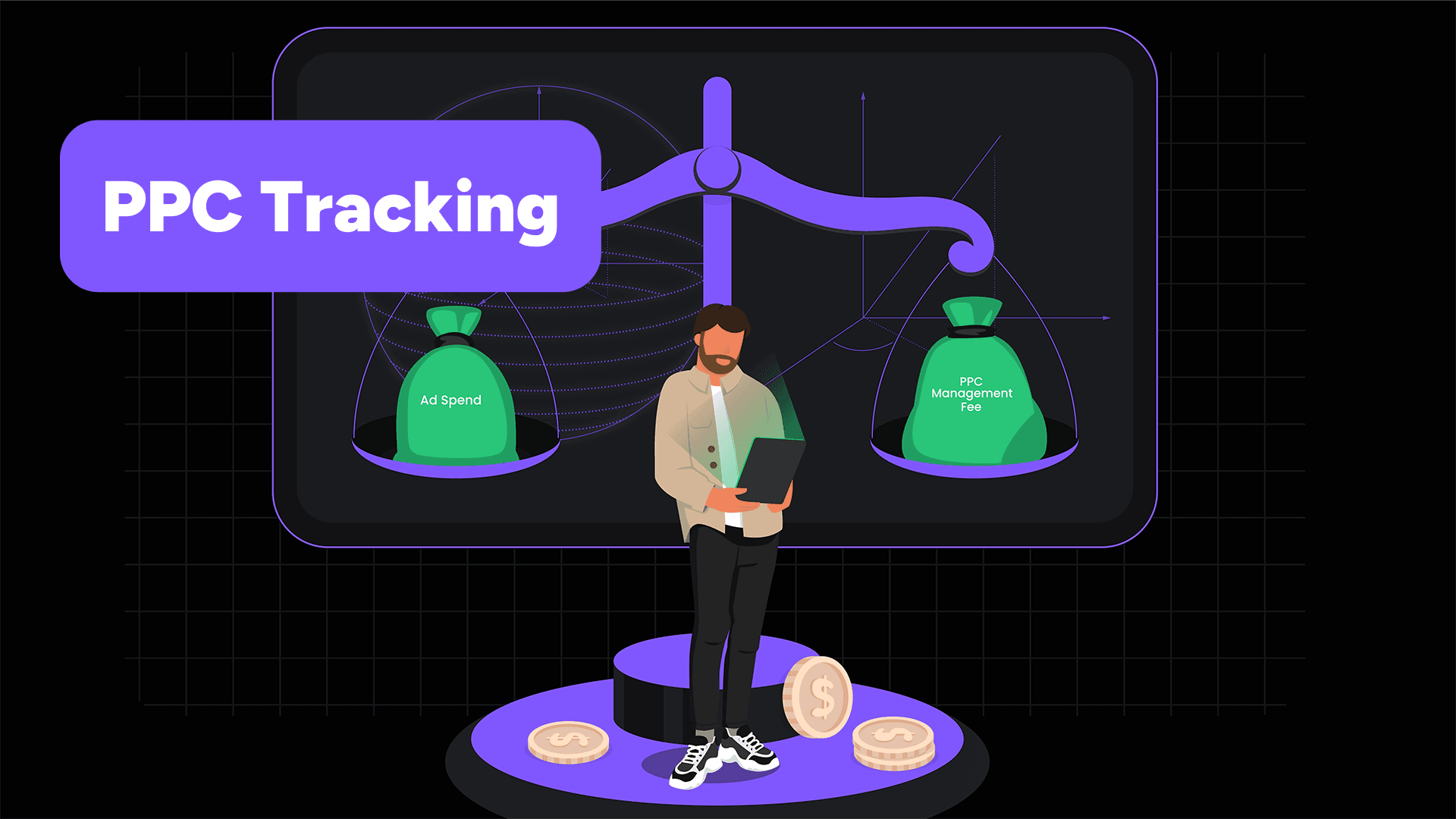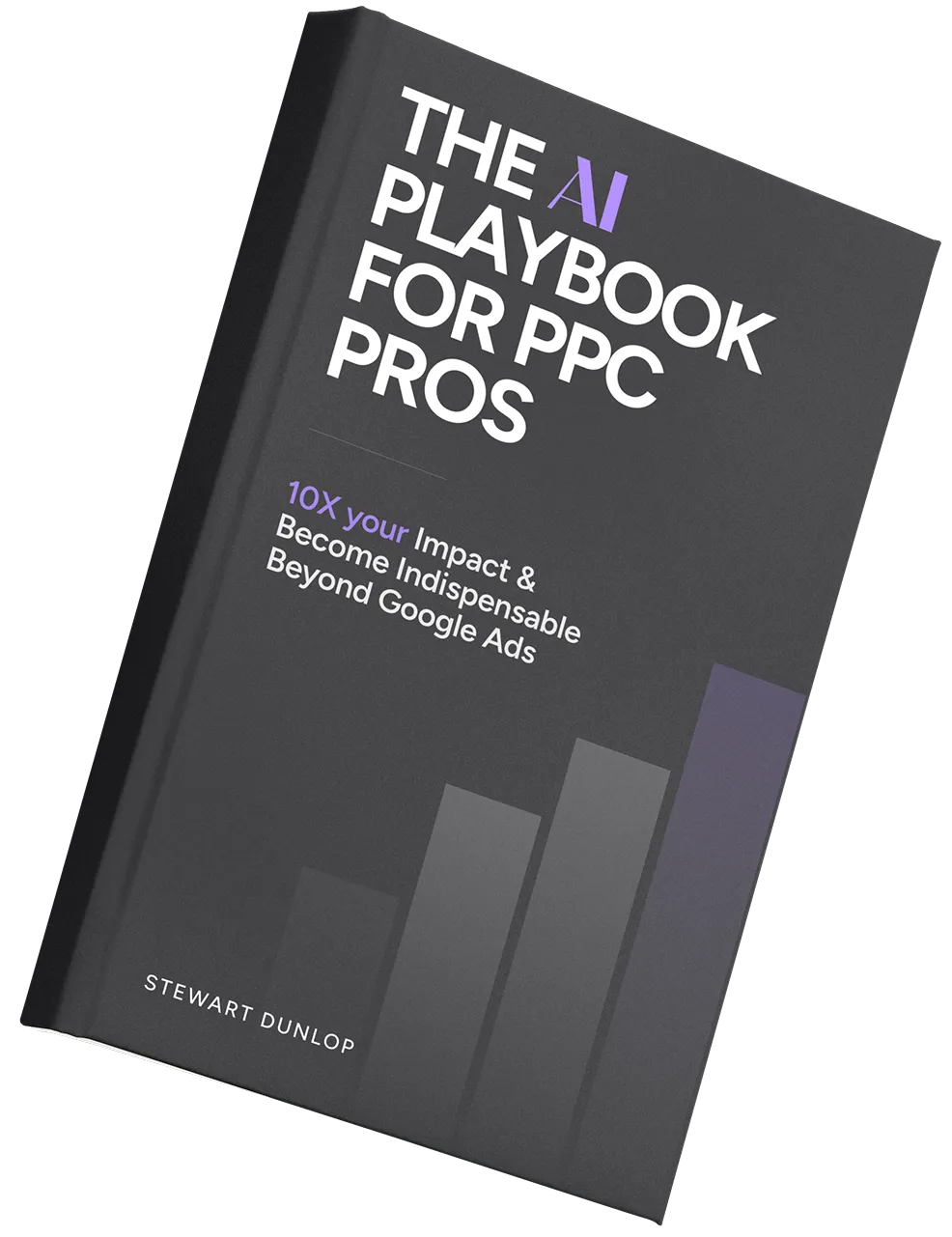
Setting up a PPC campaign is just the first step on your journey to Google ads success. Once you’re up and running, you need a solid PPC tracking strategy to keep you on track.
A good strategy will help you:
- Optimize your PPC campaigns by identifying areas for improvement
- Ensure your marketing efforts stay profitable
There are many metrics you can choose to measure. This article will highlight some of the most important ones.
What Exactly Is PPC Tracking?
PPC tracking is the continued monitoring of metrics relevant to your advertising campaign.
Choose the right ones and you’ll see how well your campaign is performing. This allows you to adjust your strategy if something isn’t working out as well as it was previously.
PPC tracking is also important for measuring the impact of campaign changes like landing page updates or new ad copy. You will only know if these changes have made a positive impact if you know how your campaign performed before and after the changes.
We’ll go through the PPC metrics you can track in more detail later in this article, but some of the most important include cost per click (CPC), conversion, impressions, and click-through rates.
These are important because they enable you to:
- Ensure your campaign is profitable
- See which keywords, ads, and campaigns are most effective
- Measure the impact of changes
- Identify how external factors influence your campaign
- Highlight the areas you need to improve
Here Are the Most Important PPC KPIs to Track
Your Google Ads account provides access to valuable PPC metrics about your campaign. The most useful ones will depend on your needs.
Generally speaking, the following metrics and KPIs are the most important for successful PPC campaign management:
1. Clicks and Click-through Rate (CTR)
Clicks show the number of times people have clicked on one of your ads. You can see clicks on a per keyword, ad, or campaign basis.
Click-through rate is the percentage of people that click on your ad after seeing it. You can calculate it by dividing clicks by impressions.
It’s a useful KPI, as a low score suggests your ad isn’t enticing enough to viewers.
This is typically due to one of three reasons:
- The offer isn’t attractive
- The copy isn’t clear and doesn’t compel the viewer to click the ad
- Your ad isn’t relevant enough to the keyword
Improving any of these elements can impact your click-through rate.
A low CTR will affect the number of people who see your product, and ultimately convert. Low scores can also affect your Ad Quality Score—and if you have a low Quality Score, you’ll get lower ad rankings and pay more for your ads.
What Is a Good Click-Through Rate?
Research suggests that the average click-through rate for search ads is 1.91%. However, this figure differs depending on the industry so your results may vary.
Remember that a high click-through rate is only positive when combined with a good conversion rate.
You’ll waste money if you oversell your product in your ads to generate clicks but don’t back this up with conversions.
2. Impressions and Impression Share
Impressions is the number of times Google has shown your ad in the search results. You can see impressions for an individual ad or a campaign.
Impression share is the number of impressions you received divided by the number of impressions you were eligible to receive. If your ad showed up in 65 searches out of a possible 100, your impression share is 65%.
The biggest reasons for a low impression share are if your budget runs out or if your quality score is too low. Increasing either of these PPC metrics can result in a higher impression share.
There will be some natural variance in impression share across different keywords. For example, branded terms typically have very high rates, assuming you have the PPC budget to cover the searches.
On the other hand, highly competitive terms typically result in lower impression shares simply because more brands are bidding on them.
3. Conversion and Conversion Rates
A conversion occurs when someone who clicks on your ad performs the action you want them to take.
This is typically:
- Buying a product
- Signing up for a free trial
- Downloading a lead magnet
Conversion rate is the percentage of people who click on your ad that end up converting in a particular period. If 40 people click on your ad and two of them convert, your conversion rate is 5%.
PPC conversion tracking is important because conversions are the ultimate aim of your PPC campaign. You can have all the clicks and impressions in the world, but if people aren’t converting your campaign won’t be a success.
A low conversion rate suggests issues with your post-click experience.
Some common reasons for a low conversion rate include:
- Landing pages that aren’t optimized
- An offer that isn’t attractive
- Poor page experience such as slow loading times
- A post-click experience that isn’t relevant to the searcher’s expectations
Even the best PPC campaigns tend to have a low conversion rate—usually in the low single digits.
But the keyword you target will play a large part in your conversion rate.
Keywords with high buyer intent (searches for brands or products) will typically convert at a higher rate than those with low buyer intent (top-of-funnel or informational keywords). The latter keywords tend to have a much lower CPC, so they can still be worth bidding on.

4. Ad Quality Score
Quality Score is a Google metric that aims to show the quality of your ad compared to other advertisers.
It’s a score out of ten, and higher scores suggest that your ad is more relevant and useful to searchers than one with a lower score.
Google uses three factors to calculate Quality Score:
- Expected click-through rate
- Ad relevance
- Landing page experience
Improving any of these factors will result in a higher score.
Ad quality is important for two reasons. The first is that improving your score will typically coincide with providing a more relevant experience. This is likely to result in more clicks and conversions.
The second is that Google prefers to show PPC ads with a high score. This means you’ll end up with higher ad rankings and lower ad costs.
5. Cost Per Click
Cost per click (CPC) is the amount you spend each time someone clicks on an ad. It’s important to track CPC to ensure it stays within a range you can generate a profit on.
CPC varies depending on the competition for the particular search term you are bidding on. But you can calculate the average CPC for a particular ad or campaign by dividing ad spend by clicks.
Cost per click is important because the lower it is for a given ad or keyword, the easier it is to generate a positive Return on ad spend.
You can reduce CPC by improving your ad quality. But remember that CPC is affected by outside factors, such as how many advertisers want to bid on a particular term. This means even if your quality improves, your ad CPC may rise if other factors change.
6. Cost Per Action
Cost per action (CPA) is the amount you spend on ads to generate a conversion.
You can calculate it by dividing your ad spend by your total conversions. Lower figures are better because it’s easier to generate a positive ROI when conversion costs are low.
There are two main ways you can reduce cost per conversion.
- Reduce CPC by improving your Quality Score. Spending less on clicks means spending less on conversions.
- Optimizing the post-click experience. Taking steps to improve your offer and landing page can increase conversions from the same number of clicks.
Like cost per click, cost per conversion can be heavily affected by outside factors and increased keyword competition can drive up click prices. This can raise your CPA even if you improve your conversion rate.
7. Return On Ad Spend
Return on ad spend (ROAS) shows you how much money each dollar you spend on ads generates. It’s the ultimate measure of whether your campaign is profitable.
To calculate ROAS just divide the revenue your ads bring in by the cost of your ads. For example, if your ads bring in $3,000 in sales at a cost of $1,000, your ROAS is 3:1 or 300%.
ROAS is most useful when you know how other costs affect your profit margin.
If you know your profit margin before ad costs is 50%, then you know you need a ROAS of at least 200% to ensure your campaign is making money.
Tracking changes in ROAS will ensure your Google Ads campaign stays profitable. If the metric drops below your target, it’s a serious problem and you’ll have to take steps to either increase your profit margin, or reduce how much you spend on ads to generate the same results.
Better targeting, landing page optimization, and reducing CPC can all help you increase ROAS.
PPC Metrics Are Best When Tracked Together
The best form of PPC tracking will measure many of these metrics alongside each other. It’s only by doing this that you’ll get a complete picture of your campaign.
For example, it’s useful to track click-through rates, but if you aren’t also tracking conversions you won’t know how the increase in CTR affects how people buy your product.
Likewise, you can spend time trying to reduce your CPC, but if your conversions decrease too you might end up spending more per conversion. This could make your campaign unprofitable.
Is PPC Tracking Giving You a Headache?
Then let us manage your campaign for you. At PPC.io we have lots of experience running profitable campaigns for ambitious brands across multiple industries. Get in touch to see how we can help.

